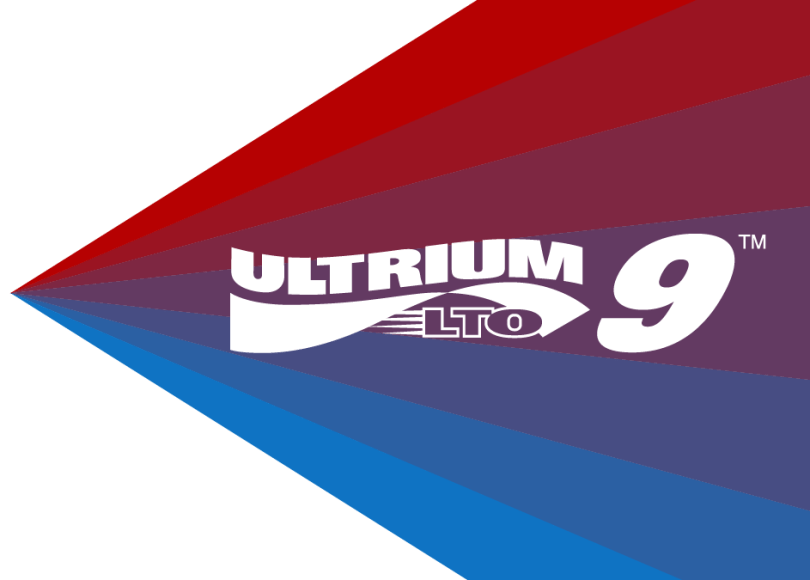Introducing the new LTO9 tape drives
HPe, Quantum and others are now beginning to release the standalone versions of the new LTO9 format, but what does this mean for the average end user?
We are told that “New LTO generation 9 specifications are designed to meet customer demand for protecting and archiving big data by substantially increasing tape cartridge capacity from the previous generation.”. This is the long way of saying that LTO9 has a far higher capacity than previous versions at 18TB native / 45TB compressed over LTO8 at 12TB/30TB or LTO7 at 6TB/15TB.
Higher Capacity
LTO9 whilst demonstrably higher in capacity, breaks the previous roadmap goal and only increases the capacity of the previous version by 50% and not the full 100%. We are told that the goal to revert to doubling the capacity with each generation is to return with LTO10. This extra capacity it would appear has been found by cramming more track on to the tape (TPi) and by reducing the thickness of the tape itself.
Previous Features
Specifications for the LTO9 include previously introduced features, like multi–layer security support via hardware–based encryption, WORM (Write–Once, Read–Many) functionality and support for Linear Tape File System (LTFS).
Tape Compatibility
The new LTO9 specifications include full backward read and write compatibility with LTO8 cartridges, however there is no mention of other previous roadmap aims to provide 2 generations of read only compatibility which would have seen LTO7 Read ability and this is a sad shame..
Calibration
For the first time this new LTO9 format will now require each piece of tape media to undergo calibration in the first drive to load the media. This process typically takes between 35 and 52 minutes but could take as long as 2 hours per tape.
This is to ensure data durability, compatibility and allow for complex interchange requirements over the specified environmental conditions. The length of calibration is mainly for media optimum characterization and will vary based on these factors. This initial calibration, also, enables the tape drive’s intelligent alignment to optimize data placement.
For a standalone drive this is likely to mean a lengthy wait before a backup can be performed and at worst a few days inserting and labeling media, but for larger tape library users it is going to mean many hours of drive pulling time before the full library is available.
This calibration is not an optional task and must be performed before any data can be written to a new tape. It is also recommended that calibration be performed at the final installation destination where the drives and media are to be used, to provide optimized acclimation within the recommended environmental ranges. This of course means that this will be up to the end user and it is not possible for this to be done in the factory prior to shipment which is again unfortunate.
Secure
There is no doubt that the LTO9 as an adaptable open tape storage format, can provide more confidence for safe and secured offline storage, particularly in helping to prevent the impact of increasing cyberattacks.
Speed
The new LTO9 format does come with a new 12Gbps SAS interface too but the technical specs show that the LTO9 is only able to achieve the same 1.08TB/hr that was previously offered with the LTO7 and LTO8 and this is surely a little disappointing for those customers wishing to shrink their backup or restore window.
To Buy or Not to Buy?
But should you buy this format or stick with LTO7 or 8? That will depend on your specific situation as it always does; if you have a large catalog of LTO7 media this might prove a problem, but if you have already moved to LTO8 and are eager to keep a quickly growing backup on a single tape or if you are a mid to large sized data centre user looking to reduce the number of tapes you have to buy, store and manage then this might be what you have been waiting for.
For those who can wait i think it might be worth holding off for reviews to come in, media prices to fall and letting the early adopters find and solve any teething problems with compatibility and calibration.
For those of you that cannot wait, i look forward to seeing and hearing your experiences

